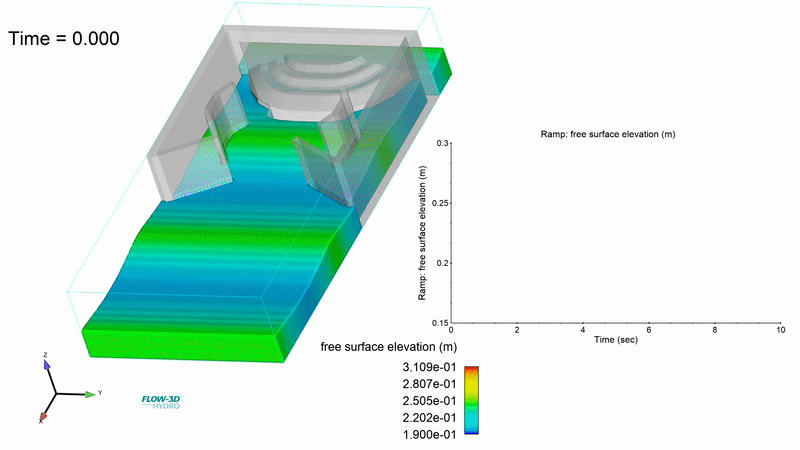
Matt Pugsley's Portfolio
Selected Work & Projects
What I do
I pride myself on being able to figure out just about any problem, pick up new skills, and work with whatever is given to me. I have a few key areas that are really in my wheelhouse:
Design
Blending math, science, and creativity to figure out how to build brand new ideas and solve problems
Optimization
Using management principles, algorithm design, and engineering judgement to get the most out of projects
Robotics
Combining physics, coding, and electronics knowledge to make things that move and accomplish tasks
Featured Projects
Click for more details
Other Stuff I'm Proud of
WELDING ROBOT PROGRAMMING at HONDA
During my time with Honda Engineering, my main project was developing simulations and final robot path code that could be implemented on the production line for the 2021 Acura MDX. This required me to get hands-on with robots to see how they operate, learn the types of programming calls necessary to precisely articulate them, and eventually use Siemens Tecnomatix to create paths for over 180 frame weld locations. Developing these paths within cycle time constraints was a challenge, but while doing so I was able to document new strategies for Honda to speed up future path development and eliminate overtime requirements during implementation.


WAVE ENERGY GENERATOR RESEARCH

For my senior design project, I worked on a team of 6 to develop an advancement in ocean wave power generation. Our design focuses on using constructive interference to increase the efficiency of overtopping wave energy converters.
The test rig that we designed is capable of precisely creating wall geometries and acquiring data in a wave pool to determine the most effective shape for creating useful constructive interference for more efficient power generation. The potential of our design for upscaling is backed up by detailed computational fluid dynamics simulations and extensive research.
Through this project, I was able to hone my design skills by focusing on CAD development, electrical design, component selection, and technical documentation.



ASSEMBLY LINE DESIGN OPTIMIZATION
This graduate Multidisciplinary Design Optimization (MDO) course introduced me to over 20 specific algorithms for optimizing engineering designs. Generally, these designs can incorporate multiple variables, different numbers of objective functions, and constraints that can be linear, nonlinear, or even discontinuous in nature. The final project gave prompts we could work on but also left the option up to us to design a new problem that would be best solved by knowledge from the class.
I decided to use some of my background in business analysis and operations management to formulate my own project centered around the design of a manufacturing plant using production cost and market demand as constraints. This problem was unique because it applied concepts from the class to topics outside the scope of the aerospace and mechanical design focus of the content.
I described a business scenario where a manufacturer of coffee machines is facing a decision of automation to their assembly process. I used sequential quadratic programming and a genetic algorithm approach to explore the solution space and optimize the operations of the assembly line. This project solidified my knowledge of optimization programming and the best practices of its general application to engineering and business problems.
PURDUE CLOCK - TECHNICAL SERVICE PROJECT
Through the mechanical engineering summer projects, I was able to join the technical service project working on making additions to the historical clock sitting in the mechanical engineering building. With my past design experience and seniority, I quickly took on a leadership role for the team while focusing on the development of the motor and winding mechanism personally.


ASTROMECHS 3409 - FIRST ROBOTICS TEAM
Before I ever pursued an engineering degree, my 9 years of FIRST Robotics pushed me to dive into programming, CAD, electronics, and the machine shop in order to develop highly capable robots. The technical judging at tournaments also developed my comfort in explaining complex designs to strangers.
I took on many different roles on the team, learning how to effectively develop and test new ideas. I eventually became the team captain, managing development cycles and providing direction to the design, build, programming, and community outreach efforts of the team. The Astromechs advanced to the world championships twice during my time as team captain, exposing me to competition and networking with international roboticists that inspired me to pursue engineering and design as a career.
The relationships I formed through FIRST were invaluable to my personal growth and I still enjoy providing technical guidance and mentoring to my high school robotics team as a way of helping to afford others the learning opportunities that I received.




